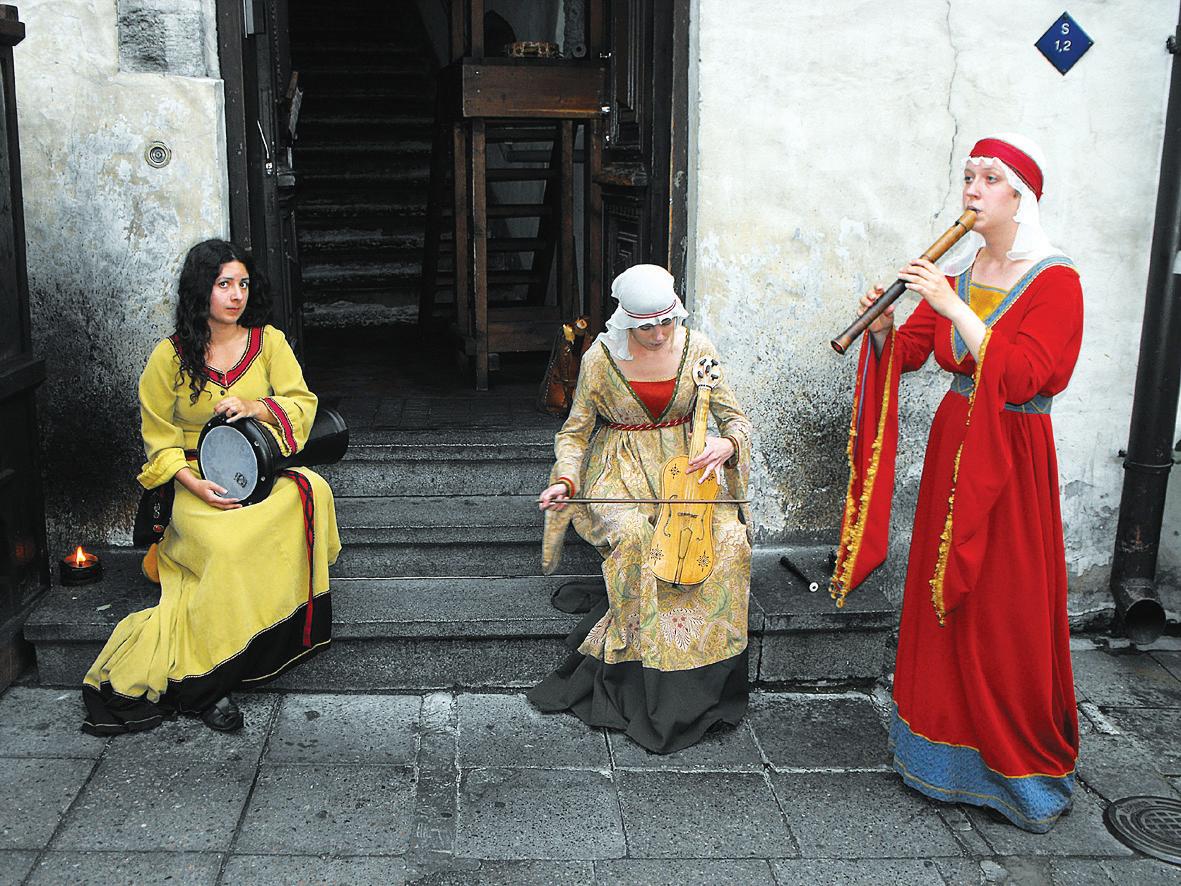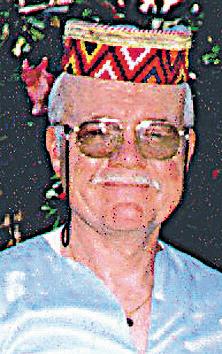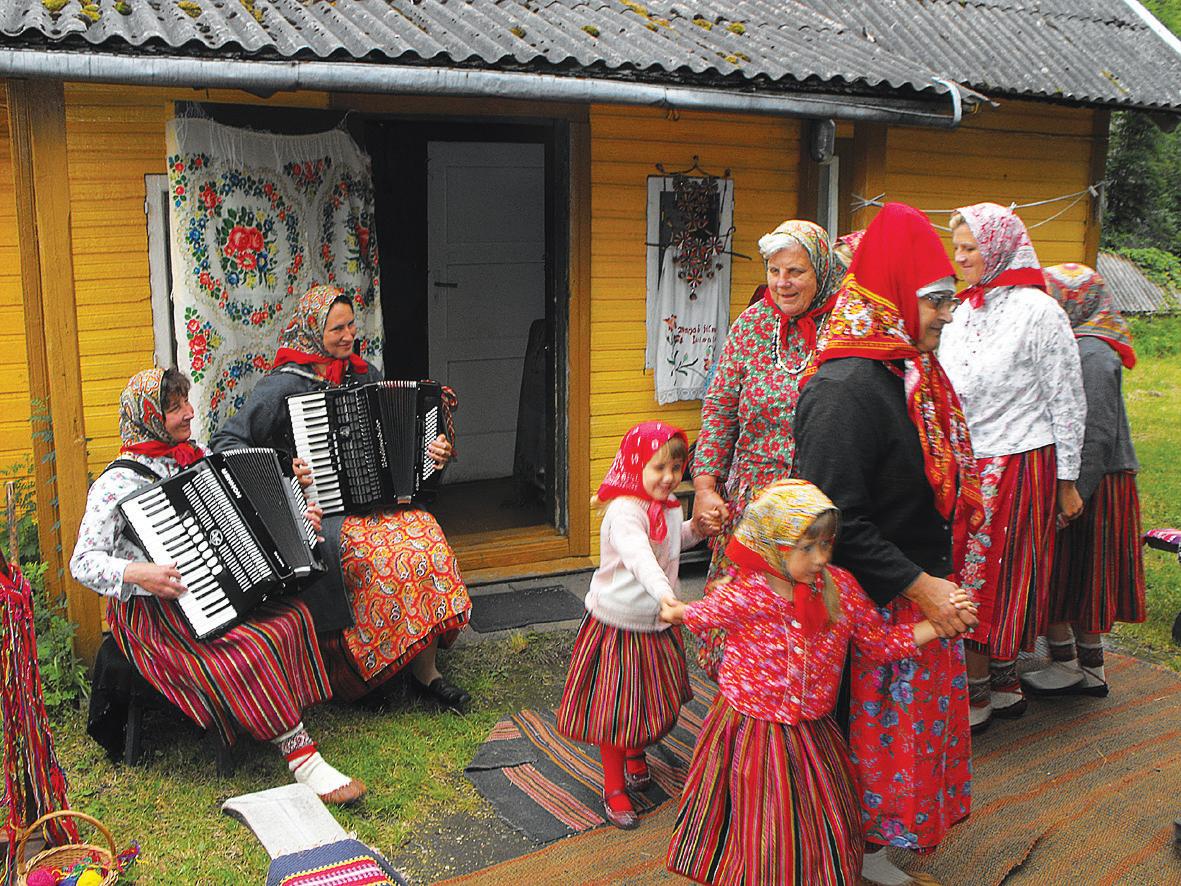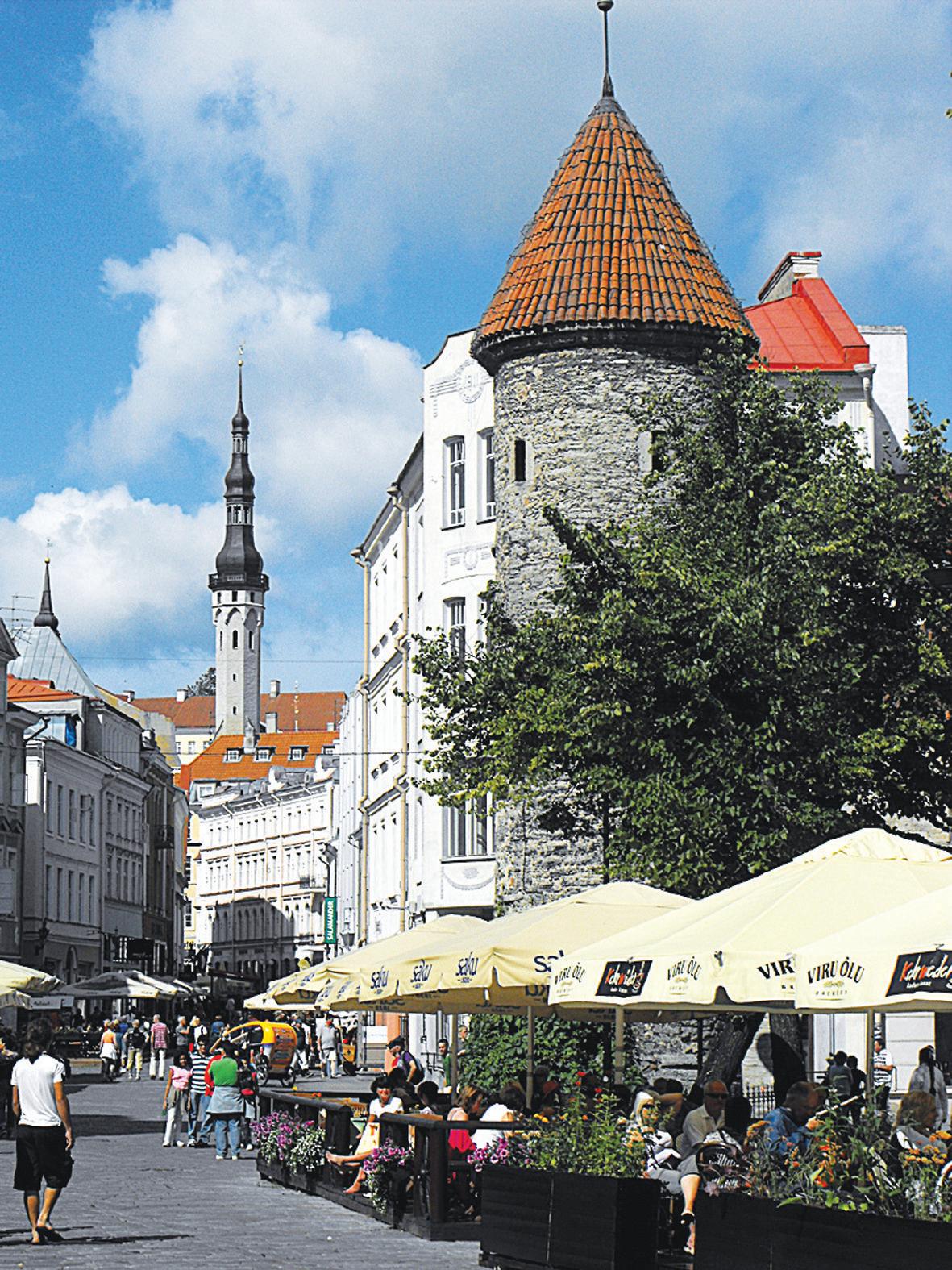
5 minute read
Ease into Estonia
from 2009-12 Sydney (1)
by Indian Link
By THOMAS E KING
Akaleidoscope of vibrant colours swirled before my eyes. Shades of yellow, red, green and blue blurred and blended as a jubilant group of women and young girls danced and sang in the coolness of an early summer’s morning on a tiny island in the Baltic Sea.
“Red is the colour of happiness”, whispered a scarf-adorned woman sitting next to me before she too got up and joined the joyous group welcoming a small troupe of tourists that had just landed on Estonia’s Kihnu Island.
Kihnu is unlike any place I have ever visited in some 45 years of globetrotting. For instance, the 16.4 sq. km island has had a permanent settlement for some 600 years. When people from western Estonia arrived in the 14th century they brought traditions that were far older; some say these date back 2000 years.
Rich cultural links to yesteryear continue to survive through song, dance, festivals including three day wedding ceremonies and the making of handicrafts. UNESCO recognised Kihnu’s unique culture by including it in 2003on the list of Masterpieces of the Oral and Intangible Heritage of Humanity.

Imagine, then, a mere microdot of land inhabited by just 600 people who communicate with each using their own Kjonakula language. Even more peculiar is that the dialect spoken in each of the four villages is different. As well, the designs of garments knitted by the scarfwearing and striped skirt-accented women differ from village to village as do the techniques and gear employed by village fishermen.
Kihnu depends upon the sea for food and transport. When the Baltic is free of ice from late March to late December, a ferry service operates several times a day between the island and Pärnu. The 2 ½ hour outbound journey to Kihnu was cold, rough and windy. The return trip to Pärnu the next day was sunny, warm and with bright blue skies above the fourth largest city of Estonia.
It’s most unlikely that you will have heard anything about Estonia’s summer capital. However, to many Europeans this port city of 44,000 residents in southern western Estonia is spa central.
Pärnu has been a noted health resort for over 170 years. In 1838 an entrepreneur built a wooden establishment near the beach that offered hot seawater baths in summer and saunas in the winter. Facilities are far more refined these days with the five storey Tervis (health in Estonian) providing a ‘buffet’ of therapeutic medicinal treatments to people from the world.
My wife and I saw a few of the medical tourists ‘after hours’ strolling along the sand, listening to concerts in the park, photographing old Soviet bungalows that can still be seen in and around the town and most of all enjoying the intimate embrace of this stylish city founded in the mid 13th century. Several structures from the Middle Ages still stand but to see far more we ventured north to the enchanting capital of Estonia.
Tallinn’s terrific Old Town tantalises travellers with a mix of medieval charm and modern comforts. The highpoint of interest is to be found in the Raekoja Plats. The Town Hall Square, as it’s better known, has been the cornerstone of life in the population 400,000 capital of the now independent nation of Estonia since the 11th century when it was a thriving marketplace.
It has the same role today as the much photographed plaza is now ringed by tiny shops and gourmet restaurants that have marvellous views of the imposing Town Hall. During summer a busy arts and crafts market is an added bonus with visitors as they can browse for bargains in the shadow of the only surviving Gothic town hall in northern Europe. In winter a massive Christmas tree takes centre stage.
The bulky building might not win an award for good looks but since completion in 1404 it has taken top honours for surviving centuries of summer heat and winter cold. My wife and I far prefer the former season and Tallinn didn’t disappoint as the chic city was experiencing a perfect run of temperatures in the low 30s when we visited this past July.
Every morning after an outstanding buffet breakfast in the cosy dining room of the St Olaf’s Hotel we left the circa 15th century building and looked down the street towards the church of the same name. Dedicated to the 11th century King Olaf ll of Norway, the 124 metre spire of
This lofty landmark is easily visible by ferry passengers as they daytrip across the Gulf of Finland from Helsinki or disembark from a global cruise. A flotilla of docked cruise ships can be seen from the best vantage point in the city. Twin viewpoints from the Upper Town on Toompea Hill provide wonderful unobstructed panoramas over Tallinn’s Old Town and the busy harbour.
Leaving this pedestrian friendly precinct we walked part of the way down the tree shaded hill to a glittering treasure. Located opposite the rather plain parliament buildings, the striking Russian Orthodox Alexander Nevsky Cathedral is filled with beautiful mosaics and icons.
The century old building with four onion shaped domes topped by golden crosses is one of several cathedrals and churches to be built on Toompea Hill. Nobles and rich citizens used to reside on this hill looking down – both literally and figuratively - on the merchants and craftspeople living in the walled Old Town. With 46 towers, medieval Tallinn was known as “one of the most fortified burgs in all Northern Europe”. Today 20 towers and nearly 2 km of the original city wall stride over the elevated stones of history. The wall encircles a fairytale setting of mainly 14th and 15th century buildings which I energetically explored and photographed during four all-too-short days in the city.
(Above) Medieval music and delicious delicacies based on 15th century recipes are treats at Olde Hansa.
(Below left) The women of Kihnu ensure that the traditions of a 2000 year old culture are passed on to the next generation.

(Below) Streets lined with shops and restaurants all lead to the medieval Town Hall, the soaring landmark of old Tallinn.
At the end of each day, of course, we did stop to dine at leisure on Estonian specialities. One meal remains a standout favourite. As we walked through the Old Town, musicians dressed in period costume enticed us to enter Olde Hansa. Exotic dishes based on recipes from the Middle Ages were served in atmospheric candle lit surrounds while minstrels musically transported us to another time and another place.
Travel Notebook Estonia
Flights
Thai Airways International has three air services a day linking Sydney and Bangkok and a daily flight between Bangkok and Stockholm. For information and bookings, contact THAI reservations on 1300 651 960. See www.thaiairways.com.au
Travel
Flights connect Stockholm and Tallinn though my wife and I enjoyed the leisurely overnight Viking Line cruise between Stockholm and Helsinki. See www.vikingline. fi. After exploring the Finnish capital we flew to Vilnius, the capital of Lithuania and began a three week road journey that included Riga, Latvia and Vilnius, Estonia before taking a Viking Line ferry back to Helsinki.
PACKAGES
Book your Viking Line cruise, the ferry, accommodation and all other travel and touring arrangements in Tallinn or Estonia through Baltic travel specialists MyPlanet, tel 1800 221 712. Visit www.myplanetaustralia.com.au
Accommodation
Built in 1928 and located only a few tree-lined blocks from central Pärnu, Villa Wesset is a cosy boutique hotel with 36 comfortable rooms and an excellent restaurant. See www.wesset.ee.
Tucked away just beyond Town Hall Square, the 90 rooms of St Ovav’s Hotel offer a quiet refuge after a fascinating day of discovery in the Old Town.
See www.tallinnhistoricalhotels.com
TIP
Available from numerous outlets including hotels and the Old Town-sited Tallinn

Tourist Office, the Tallinn Card provides free admission to all city museums, free city tours and unlimited use of public transport, some free souvenirs and a complimentary city guide. See www.tallinncard.ee
INFORMATION
For travel tips on Tallinn and Estonia see www.tourism.tallinn.ee and www.visitestonia.com.
Lonely Planet’s Estonia, Latvia and Lithuania is an excellent guide. See www.lonelyplanet.com








